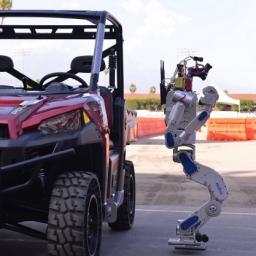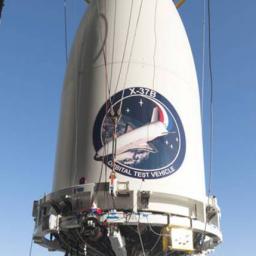Secret Service agent pleads guilty to Silk Road bitcoin theft
Shaun W. Bridges, a computer crime expert and a former Secret Service special agent who helped bring down Silk Road founder Ross Ulbricht, will plead guilty to wire fraud and money laundering for skimming hundreds of thousands of dollars in bitcoin and routing the money to his own accounts, according to federal court documents.
Using information he got from his interrogation of a Silk Road customer service representative who had administrator access, Bridges accessed Silk Road's systems in January 2013, reset several passwords and transferred about 20,000 bitcoin from the accounts, according to the complaint. He then converted the bitcoin into cash through a Japan-based bitcoin exchange and from there sent the money to the shell company's investment accounts, investigators said. Based on conversion rates at the time various transactions were made, federal prosecutors put the value of Bridges' loot at $820,000.
A second investigator, Carl Force, the Drug Enforcement Administration's lead undercover agent in the Silk Road case, faces a hearing in August for allegedly stealing bitcoin from Silk Road - and for allegedly blackmailing Ulbricht while at the same time selling him information about the investigation.
Using information he got from his interrogation of a Silk Road customer service representative who had administrator access, Bridges accessed Silk Road's systems in January 2013, reset several passwords and transferred about 20,000 bitcoin from the accounts, according to the complaint. He then converted the bitcoin into cash through a Japan-based bitcoin exchange and from there sent the money to the shell company's investment accounts, investigators said. Based on conversion rates at the time various transactions were made, federal prosecutors put the value of Bridges' loot at $820,000.
A second investigator, Carl Force, the Drug Enforcement Administration's lead undercover agent in the Silk Road case, faces a hearing in August for allegedly stealing bitcoin from Silk Road - and for allegedly blackmailing Ulbricht while at the same time selling him information about the investigation.






